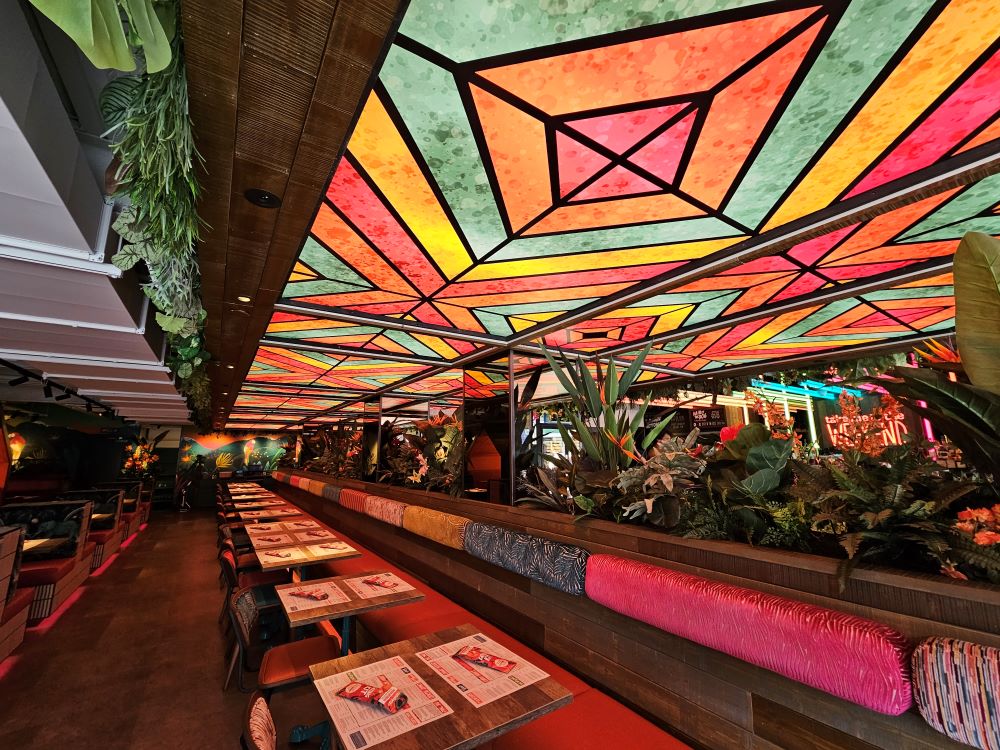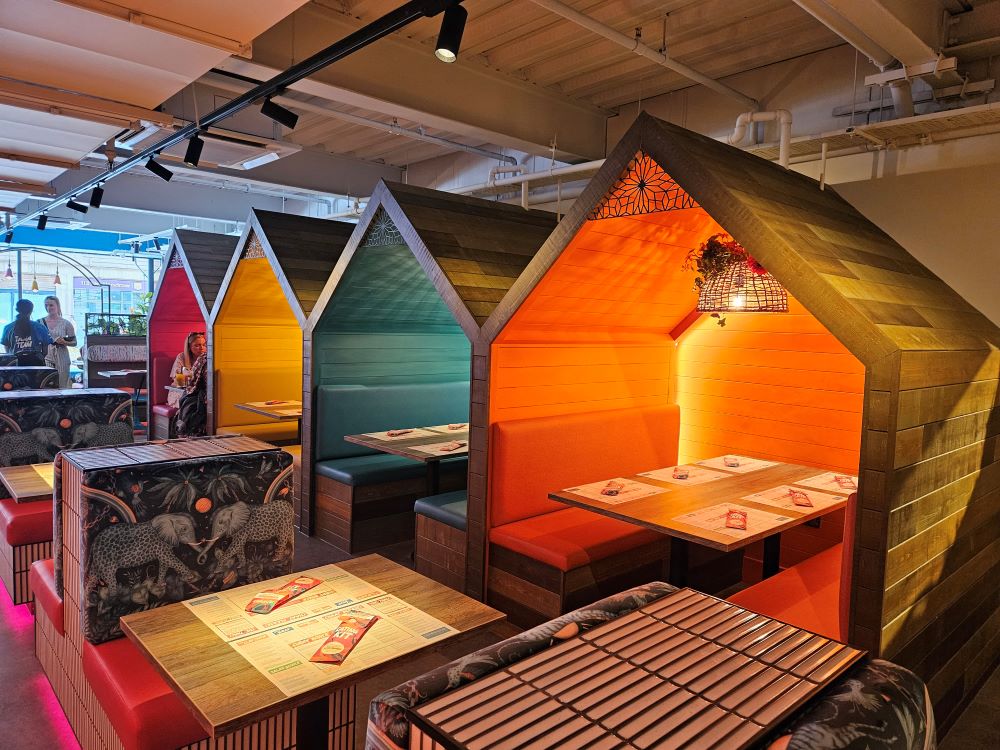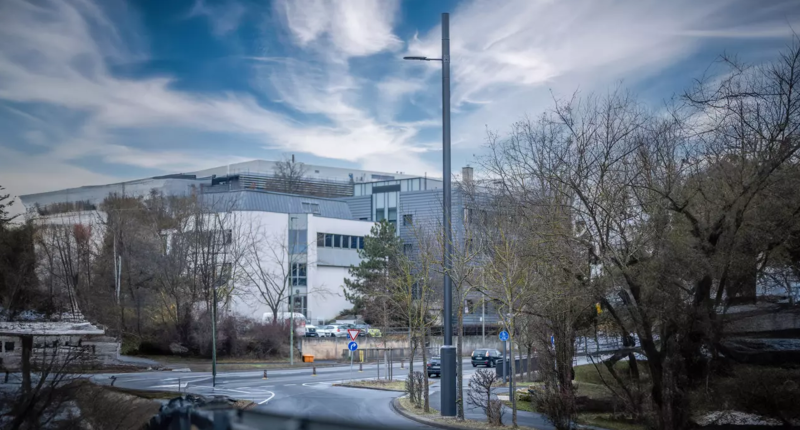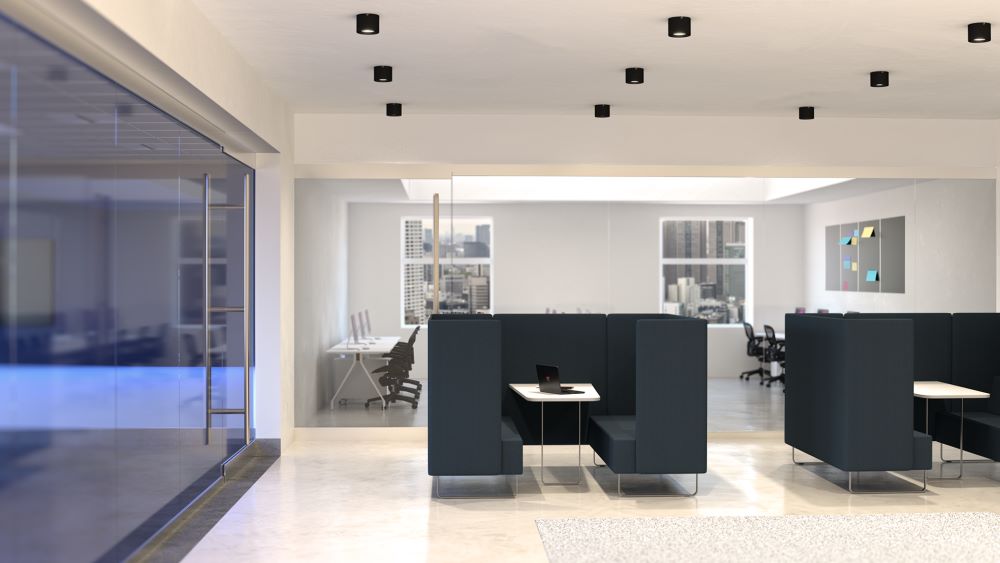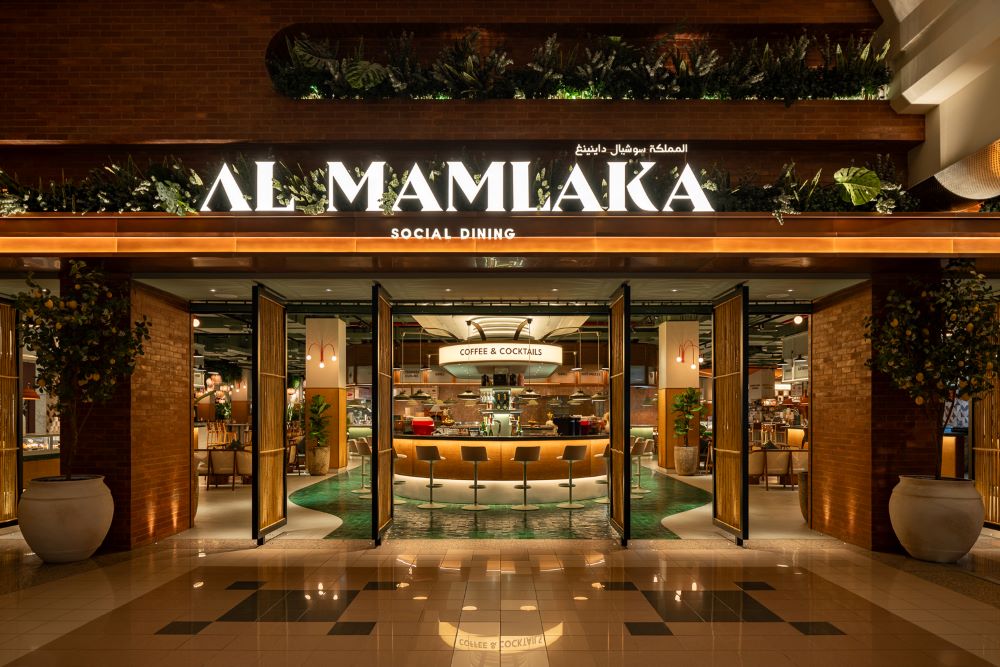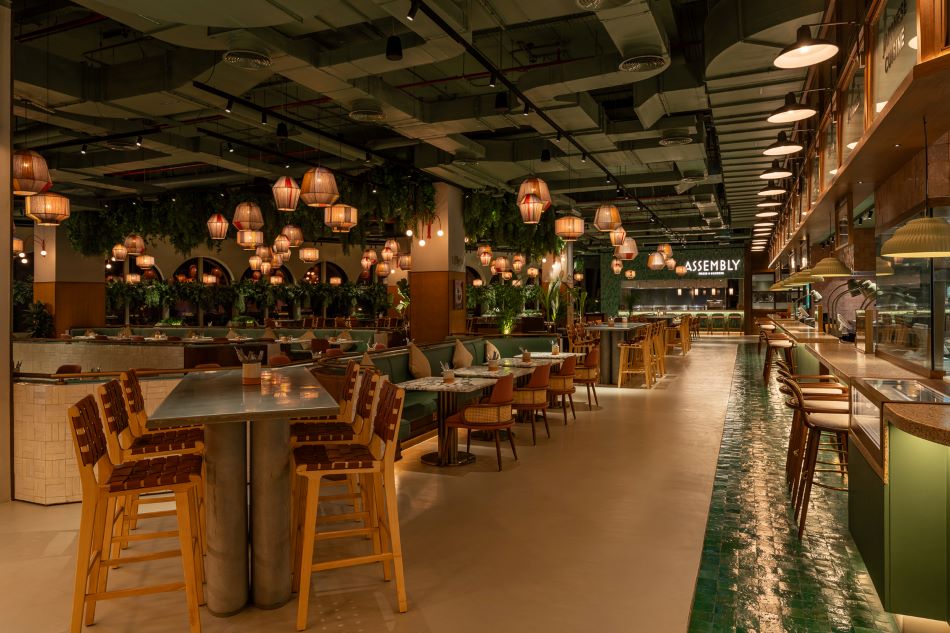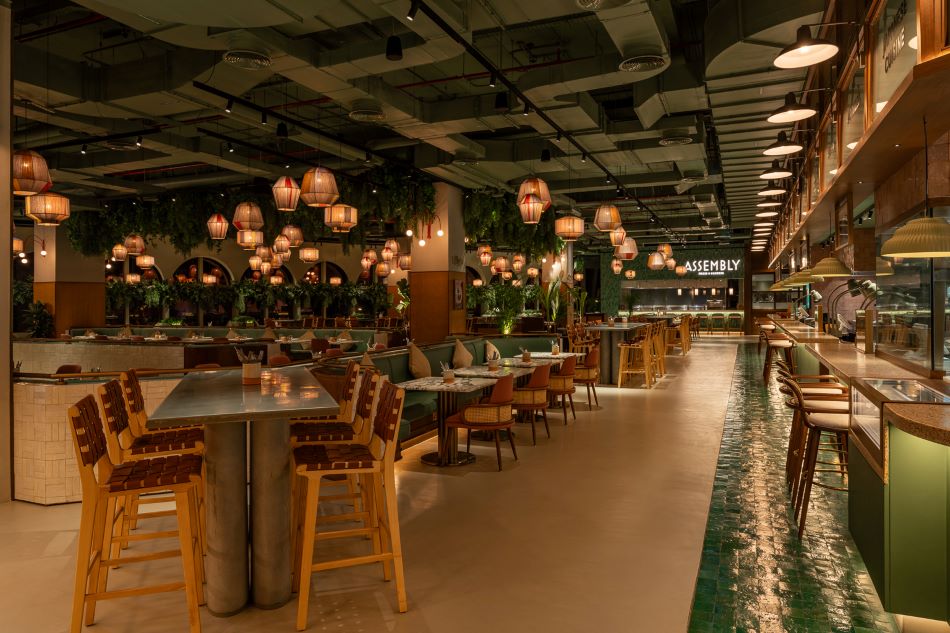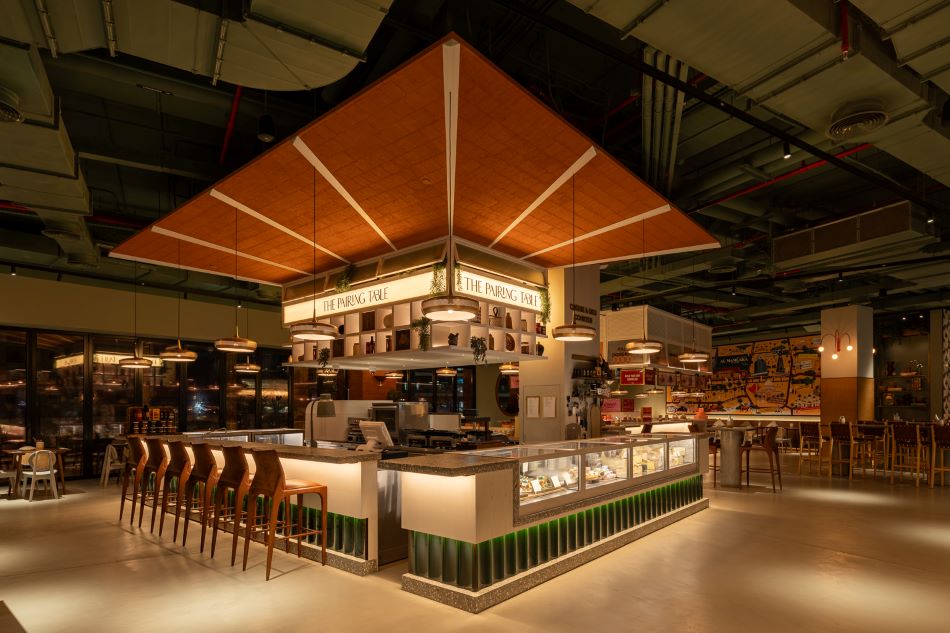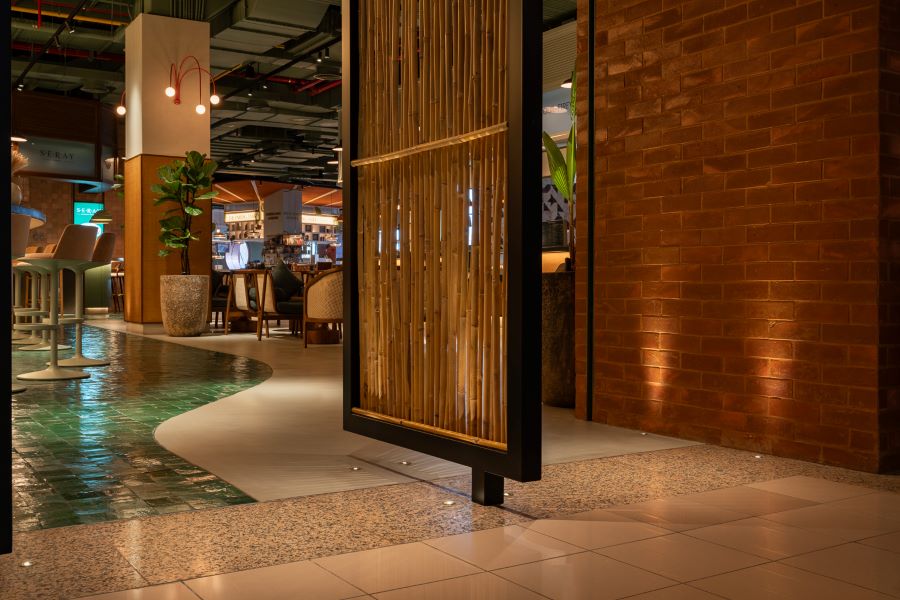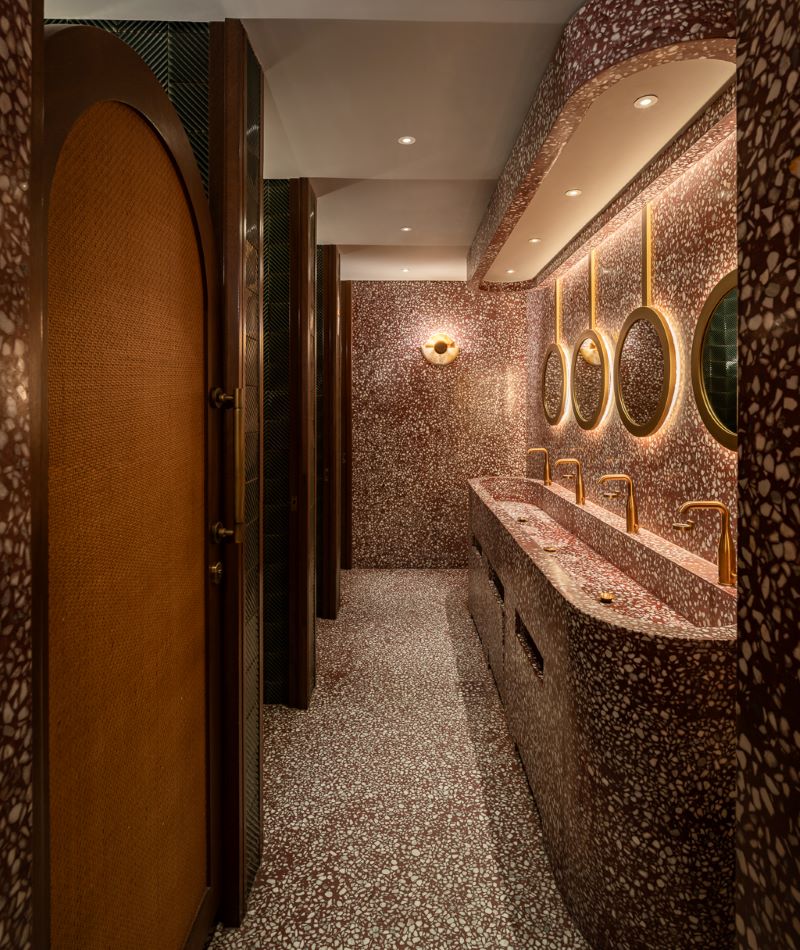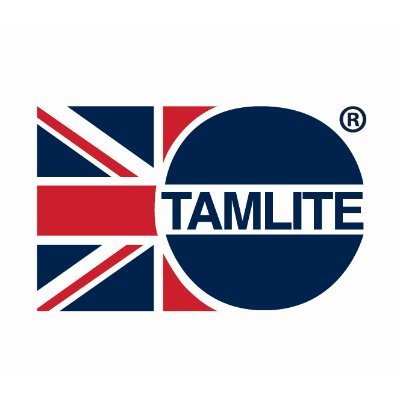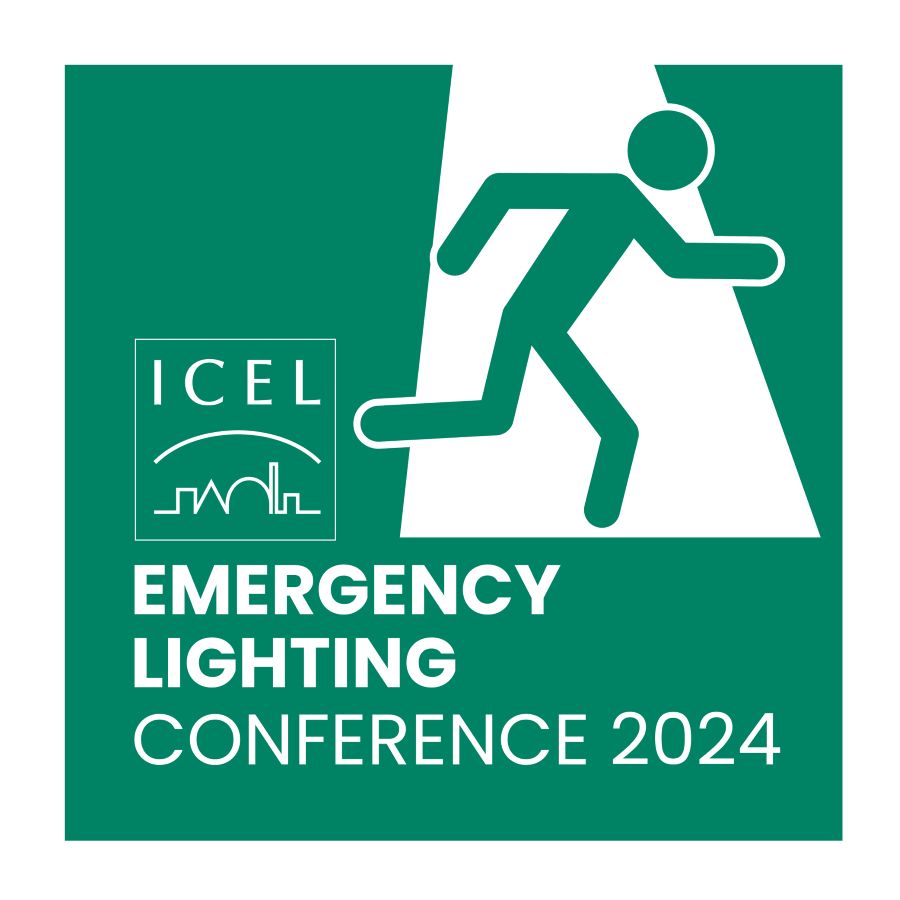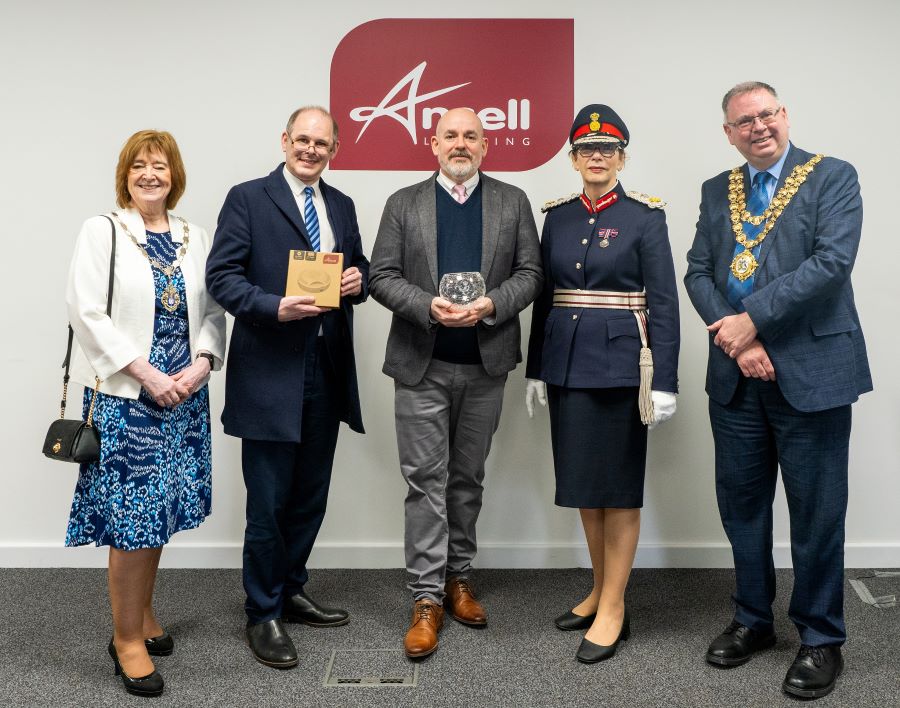Leading lighting design consultancy MS Lighting Design is thrilled to announce that one of its Lighting Designers, Tiziana Regalado, has been selected as a winner in this year’s Silhouette Awards. Tiziana was chosen by the renowned judging panel as one of the 20 winning mentees for the awards, showcasing the very best of the industry’s rising stars and future talent.
Now in its third year, the international Silhouette Awards gives winners the opportunity to enhance their skillset, pursue their career ambitions, and add real value to the creativity of the industry, raising the bar for talent around the world. The winners of the 2024 programme were announced in a virtual celebration which took place on Wednesday 28th February, with sponsors and supporters taking part in celebrating the winning mentees and their mentors.
Tiziana has been partnered with mentor Panos Ferentinos for a six-month mentorship journey to help her progress in her career. Panos is a professional lighting designer with 20 years of experience. He has worked on architectural projects across the globe, in sectors including hospitality, retail, museums, heritage and public spaces.
Tiziana has been part of the MS Lighting Design team, working as a Lighting Designer, for around five years. She studied architecture at the University of Greenwich, where she developed her skills in designing spaces that positively impact the end user. After graduating, she began her journey into lighting design and has managed projects from concept to completion, finding particular joy in witnessing her sketches come to life. She is eager to continuously improve her skills and grow professionally to design spaces that radiate happiness.
Founder of MS Lighting Design, Marcus Steffen, says: “We are so proud of Tiziana for being awarded for her unique skills, talent and passion for lighting design. This is such an amazing opportunity for Tiziana to embark on a journey of professional growth, enhancing her current skills and learning new perspectives from Panos. We can’t wait to see where her journey takes her and what the future holds. Congratulations Tiziana, you’re a credit to the MS Lighting Design team.”
The Silhouette Awards is a collaboration between Parrot PR and Marketing and Archifos.

